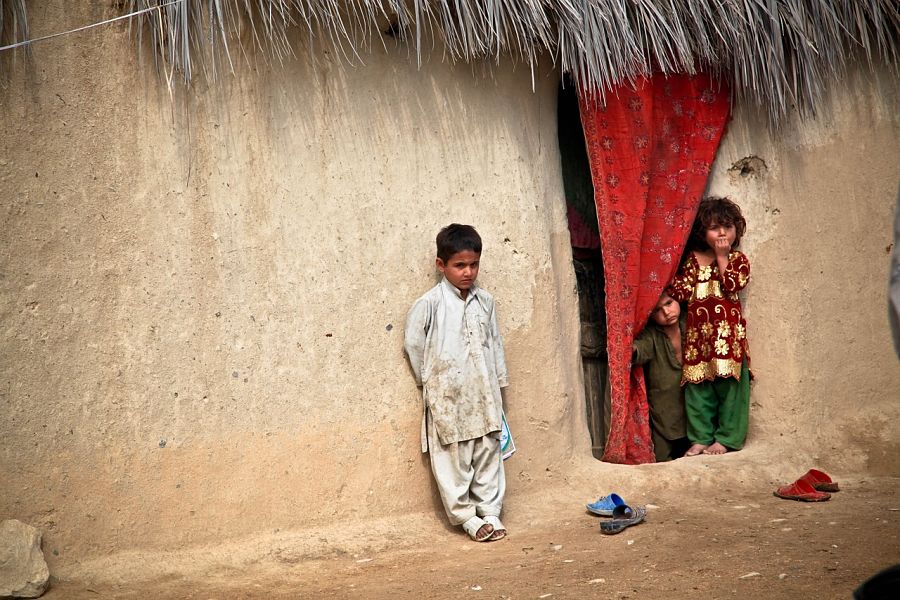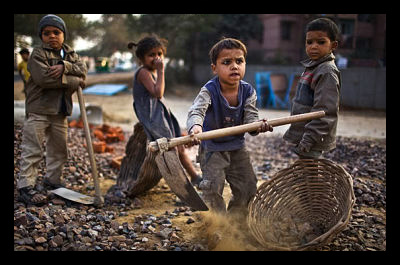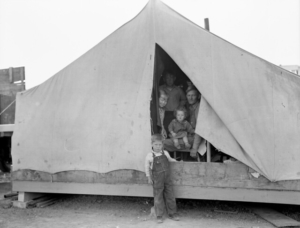
Child labor, as defined by the International Labor Organization (ILO), is “work that deprives children of their childhood, their potential, and their dignity, and that is harmful to physical and mental development.” The persistence of child labor is one of the biggest obstacles to human rights globally. Child Labor perpetuates poverty by depriving children of education and leaving them without the skills needed to secure the future of themselves and their communities. This article sheds light on key child labor facts and the countries where child labor prevails.
Top 10 Child Labor Facts
- Much of Indonesia’s tobacco is produced by thousands of children as young as eight. Tobacco cultivation is extremely labor intensive and children are often subjected to serious health risks including nicotine poisoning.
- According to the ILO, 168 million children worldwide are engaged in child labor as of 2013.
- Of these 168 million children, 85 million are engaged in what the ILO deems “hazardous work.”
- According to a study conducted by the ILO in 2004, the benefits of eradicating child labor would “outweigh costs by nearly six to one.”
- The sub-Saharan African region has the second highest number of child laborers in the world; about 59 million in 2012. According to the Pew Research Center, 21.4 percent of children aged five to 17 are involved in child labor while 10.4 percent are engaged in hazardous work.
- Agriculture accounts for 60 percent of child labor according to the ILO.
- Only one out of five children involved in child labor is paid for their work.
- The majority of children in child labor perform unpaid family work.
- The 10 countries that strategic consulting firm Maplecroft listed as the worst countries for child labor in 2012 were: Pakistan, Afghanistan, North Korea, Myanmar, Sudan, the Democratic Republic of the Congo, Somalia, Ethiopia, Burundi and Zimbabwe.
- About 60 percent of children in Ethiopia are engaged in some form of child labor. Many of these children work in the mining industry; an industry that poses some of the biggest dangers for child laborers.
Many parents in impoverished countries push their children into work out of necessity, unable to sustain their families on their own incomes.
One of the best ways to combat child labor is to provide fair wages and safe working conditions for parents so that they can provide for their families without being forced to depend on their children. To fight against child labor is the fight against global poverty.
– Matt Berg
Sources: Huffington Post, allAfrica, SMH, Rescue, Human Rights Watch, The Guardian, ILO 2, U.S. Department of Labor, Pew Research Center
Photo: Geneva Mission
1. Donate
2. Email Congress
3. Volunteer


